Twin Face
$8.00
Inspired by the Arbiter Fuzz Face
In stock
Overview
Toggle between NPN/PNP modes with the flick of a switch.
Finally a pedal that answers the question which fuzz should I have on my board. “Do I want the soft attack and warmth of Germanium PNP or the harder edges and sustain of the Silicon NPN?” With this you get to have both in a nice little package.
Independent bias controls for each pair allow you to combine Silicon and Germanium operation into one pedal.
When biasing the Twin Face, set your DMM to read DC voltages and place your black probe in the screw hole of your enclosure for ground and place your red probe on the collector of Q2. Adjust the trimmer on until you reach roughly 4.5V on the NPN side and -4.5V on the PNP side.
Onboard voltage inverter allows NPN or PNP operation from a standard center-negative 9VDC power supply.
No need for multiple power supplies or grounding issues when used in a daisy-chain.
Controls
- Fuzz – Adjusts the amount of fuzz
- Volume – Controls the output volume
- NPN/PNP (Toggle switch) – Toggles between NPN and PNP transistors
Specifications
- Onboard Voltage Inverter – Runs on standard 9VDC pedal power, no grounding issues in pedal chain
- Designed for a 125B enclosure with top-mounted jacks
Documentation
The company, product and service names used in this web site are for identification purposes only. All trademarks and registered trademarks are the property of their respective owners. This product is not manufactured or distributed by Arbiter Electronics or Dunlop Manufacturing, Inc., maker of the Fuzz Face.
PedalPCB is not affiliated with Arbiter Electronics or Dunlop Manufacturing, Inc.
| Weight | 0.3 oz |
|---|---|
| Dimensions | 1.95 × 1.95 × 0.5 in |
6 reviews for Twin Face
Only logged in customers who have purchased this product may leave a review.
Related products
OD / Distortion / Fuzz
Compare to Lumpy's Tone Shop Lemon Drop / ZII / Series 7


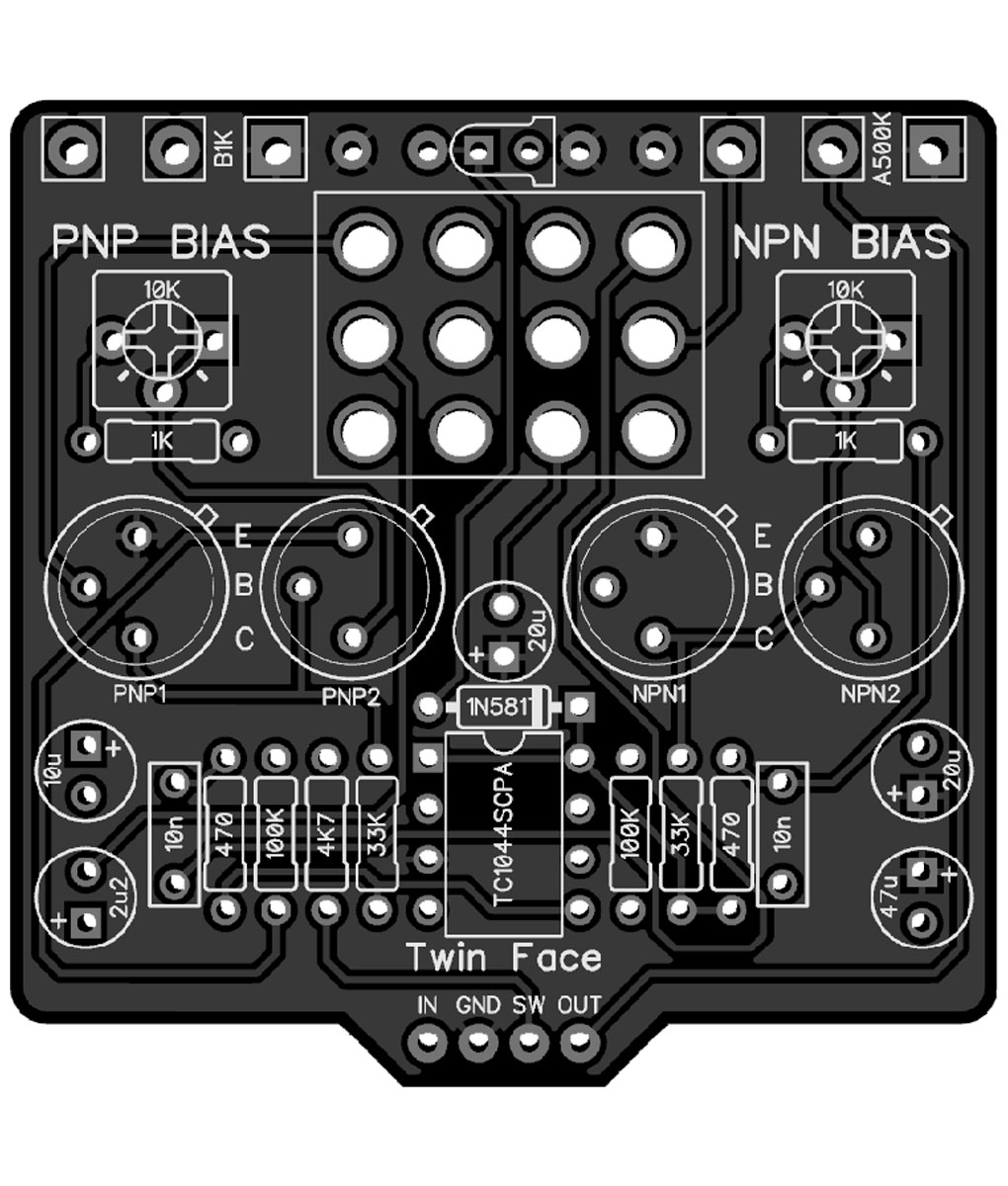
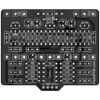
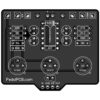

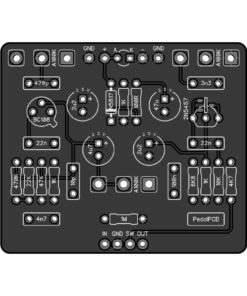
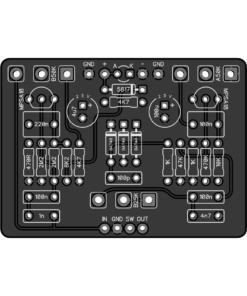
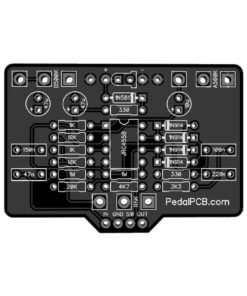
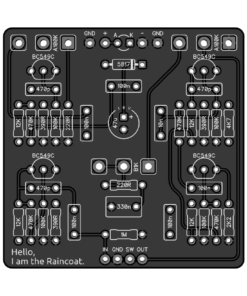
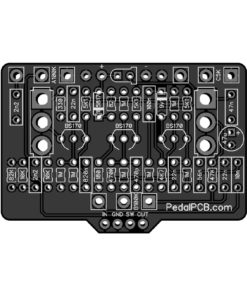
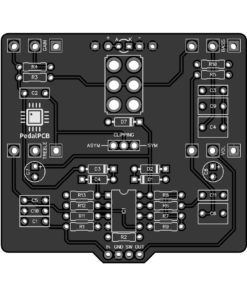
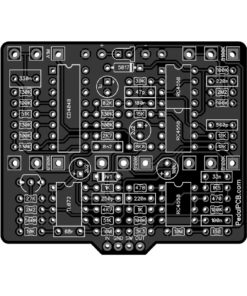
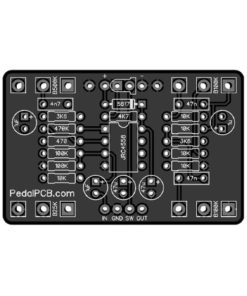
Peter Hurst (verified owner) –
I sort of thought up an idea a while ago of having both a Germanium and Silicon Fuzz Face in one pedal, but I knew it was beyond my pedal skills and forgot about. How do you combine two differently grounded pedals and power them both from a normal 9V cable. I didn’t have clue. O’well, don’t need to anymore. PedalPCB has done it again! I love my NKT275, but it’s a lower gained fuzz and ends up sitting on the bench most of the time because of that. Bam, flip a switch, and you get the super high gain of a silicon fuzz face. Problem solved, and my Fuzz Face has regained it’s rightful space on my board.
lmlittle25 (verified owner) –
Love this circuit. Everything you want in a modern face design. I did NOS germanium (ac128, and mullard oc42) on the PNP side and BC108 silicon transistors on the other side.
The pedal just sounds incredible .
PunchySunshine (verified owner) –
I couldn’t decide and then I found this pedal. I absolutely love being able to switch between silicon and germanium. Sounds amazing and super easy to build.
szukalski (verified owner) –
You want a Fuzz Face? You got a Fuzz Face! Lovely build, could wire a foot-switch to select between Si and Ge, but let’s be honest.. keep it Ge!
DaveK (verified owner) –
Two flavors of the classic Fuzz Face in one box. Using an OC42 and an OC76 from Small Bear on the Germanium side and two BC183s on the Silicon side. The germaniums have that nice warm sound with a rounded off attack. The BC183s have a sharper attack with more gain. This is a nice combination because EQ wise I don’t think that the OCxx and the BC183s are very far apart. The BC183s are fairly warm for silicon. To my ears they just have a little bit more high end than the OC germaniums. Anyway, it is a fairly straightforward build and generally the fuzz pedal I reach for.
Matt Olson (verified owner) –
Fun build and great sounding pedal. I swapped the 2.2uf input cap for a 1uf and the volume pot for a 250k which makes it a bit more like a Sunface without the sundial/bias knob. This seems to make it less muffled sounding to my ears with the volume pot all the way up but ymmv. For transistors I used a NOS Soviet MP41A hfe: 70 for Q1 and a 2SB175 hfe: 110 for the Ge side and a BC183 hfe: 190 and a 2N222a with an hfe around 220 for the silicon side. Couldn’t get it to bias with the 2 BC183’s I had. Very happy with it so far.